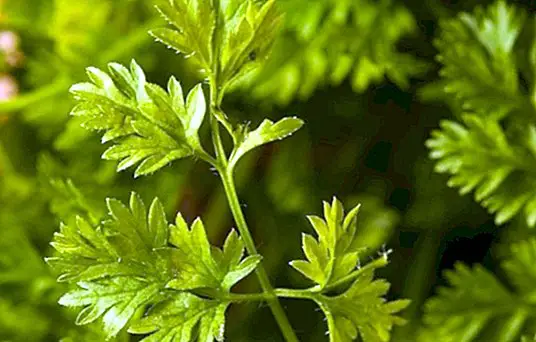How to make a cactus juice: 3 recipes, benefits and contraindications
The nopal is a cactus medicinal plant, native to the American continent, grows wild and abundant throughout the region. It is rich in fiber and nutrients beneficial to health; therefore, it is frequently used to strengthen the immune system, to prevent and treat respiratory, circulatory, digestive and nervous system diseases.
The cactus has among its most important components: minerals such as calcium, phosphorus, sodium, potassium, iron, zinc, vitamins A, B, B2, B6, C and K, proteins, chlorophyll, carbohydrates and antioxidants.

It is prepared for consumption in juice and gastronomic dishes where its fruits, flowers and young leaves are consumed.
The benefits of cactus juice
The nopal is recommended to treat and prevent:
Cancer
In view of the amount of fibers and antioxidants that it has, the nopal is a perfect depurative, it facilitates the passage of food through the digestive tract helping it to get rid of the greatest amount of toxins and potentially carcinogenic cells.
Arteriosclerosis
The cactus thanks to its high content of amino acids, fiber and vitamin B3 helps prevent excess fat and sugar in the blood, it is also a powerful anti-inflammatory. It diminishes the presence of bad cholesterol, as well as helping with the elimination of bile acids.
Diabetes
It favors the regulation of sugar in the blood, the nopal increases the sensitivity to insulin by strengthening the functioning of the pancreas, thus regulating the level of sugar in the blood. Also, it favors the digestion of carbohydrates, which reduces the production of insulin.

Overweight and obesity
The cactus thanks to its high content of fiber and vegetable proteins contributes to the absorption of nutrients while facilitating the circulation of waste and toxins from the body. Decreases cellulite and fluid retention, in addition to creating satiety.
Constipation and digestion
The fiber that contains the cactus promotes digestion and facilitates the circulation of solid waste from the body.
Vitamins b1, b2, b3 and c, in addition to minerals such as calcium, magnesium, sodium, potassium and iron, contribute to the detoxification of the body in general.
Wounds and skin problems
Nopals have natural antibiotics; this property inhibits or suspends the growth of several bacterial species. Hence, both the consumption of prickly pear and the application of poultices of prickly pear cactus, have beneficial effects on wounds and skin infections.
How to prepare cactus juice?
Here are some recommended recipes to treat certain ailments and to benefit the body in its natural processes. The preparation is simple and accessible, usually used basic kitchen implements such as blender and strainer.

Cactus juice for digestion
Ingredients:
- 2 stalks of celery.
- 1 small prickly pear cactus
- Half peeled grapefruit.
- 2 slices of pineapple
- 2 glasses of water.
What should you do?
Enter all the ingredients in the blender for two minutes, it is necessary to liquefy very well. It is recommended to serve it without straining, because the fiber is indispensable in this juice.
Cactus juice for diabetes
Ingredients:
- Two small cactus leaves.
- 1 liter of boiled water.
- 1 lemon
What should you do?
Blend the cactus leaves in the boiled water, proceed to strain and add the lemon juice. It is recommended to take cold and fasting for 10 days.
Nopal juice for cholesterol
Ingredients:
- 1 cup of spinach
- 1 piece of prickly pear chopped cubes.
- 1 lemon
- Half a cup of celery diced
What should you do?
Blend the cactus pod first, add the lemon juice and the spinach cup, finally add the celery. It is recommended to take with an intermediate day of rest.

What contraindications does cactus juice have?
So far, there are few contraindications that are specified about this plant, not necessarily because they produce some damage, but because the relevant studies have not been carried out to corroborate the possible negative effects. Among the possible contraindications we have:
- During the pregnancy period: Its consumption is not recommended because it can be astringent
- During the lactation period: It is preferable to avoid its consumption, since its laxative properties could affect the infant
- In children: The strong depurative properties of cactus could generate negative effects in children, so it is recommended to avoid their consumption



